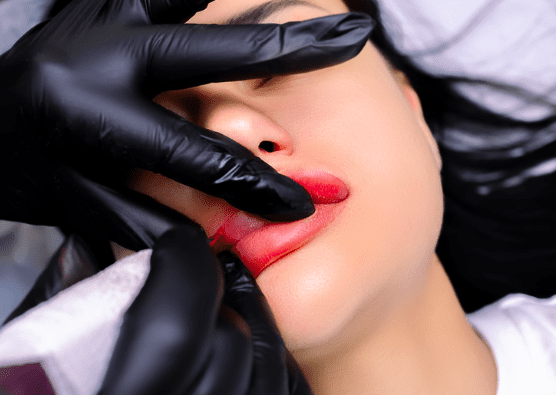The frequency of a tattoo machine refers to the speed at which the needle moves back and forth during the tattooing process. It is measured in hertz (Hz), and different machines have different frequency settings. The frequency of a tattoo machine can have a significant impact on the appearance of the ink and the overall quality of the tattoo.
When a tattoo machine operates at a low frequency, the needle moves slower, resulting in a slower and smoother application of ink. This can be beneficial for creating detailed work or for working on sensitive areas of the skin. However, low-frequency tattooing can also result in a lighter and less saturated appearance of the ink.
On the other hand, when a tattoo machine operates at a high frequency, the needle moves faster, resulting in a quicker and more intense application of ink. This can be beneficial for creating bold and solid lines, filling in larger areas of color, or working on tougher areas of the skin. However, high-frequency tattooing can also result in a heavier and more opaque appearance of the ink.
It is important for tattoo artists to understand the impact of frequency on the appearance of the ink and to adjust their machine settings accordingly to achieve the desired result. Additionally, different types of needles may require different frequency settings to achieve optimal results. For example, some types of needles may work better at a lower frequency for detailed work, while others may require a higher frequency for solid fills.
Overall, the frequency of a tattoo machine plays a crucial role in the appearance and quality of a tattoo. By understanding how frequency affects ink saturation and adjusting machine settings accordingly, tattoo artists can create beautiful and long-lasting tattoos for their clients.


